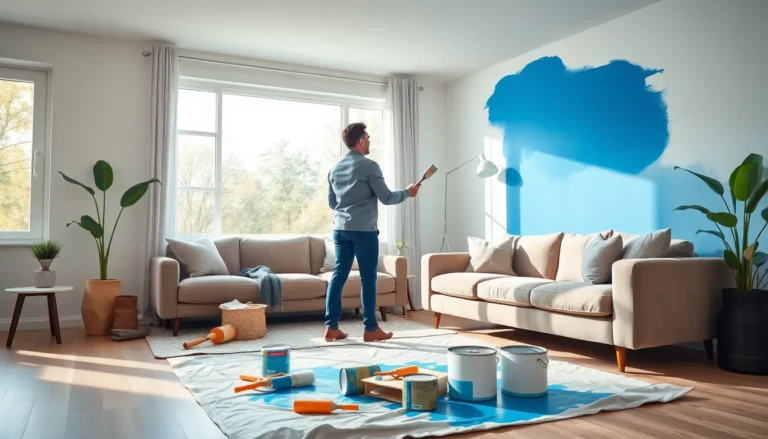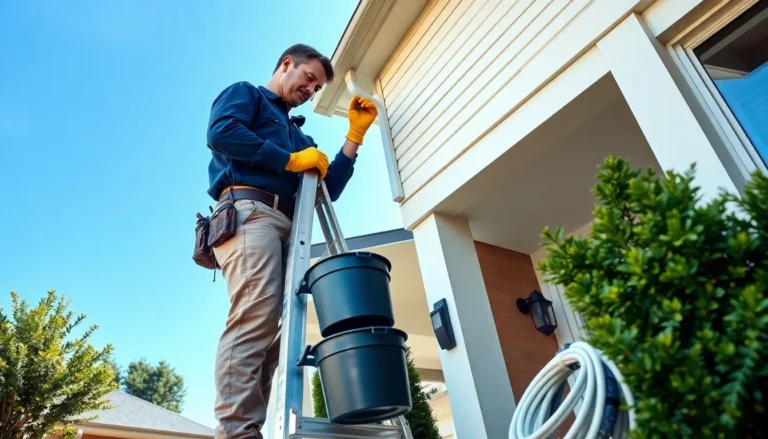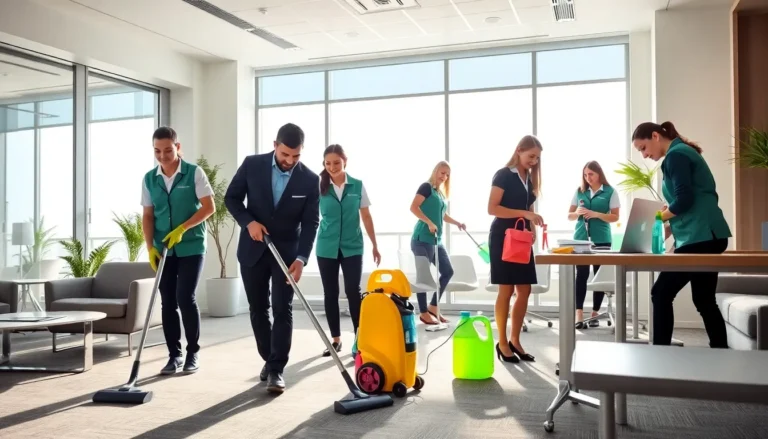In today’s world, where climate change is no longer up for debate, who could ignore it? Real estate sustainability trends are taking center stage, and if you’re not paying attention, you might just miss the green wave sweeping through the industry. Picture this: eco-friendly buildings sprouting like mushrooms after a rainstorm, reduced energy bills that won’t make your wallet weep, and communities that actually seem to care about Mother Earth. Sounds good, right? Let’s jump into why sustainability is the hottest topic in real estate and what trends are shaping the future.
Table of Contents
ToggleImportance of Sustainability in Real Estate

The importance of sustainability in real estate is becoming increasingly clear. As awareness grows about climate change and its effects, the demand for sustainable living options is skyrocketing. Buyers now prioritize properties that are energy-efficient, healthy, and environmentally friendly. With the availability of green financing options and incentives for developers, investing in sustainable real estate not only benefits the planet but also proves beneficial to the bottom line. Also, sustainable buildings typically exhibit higher property values and reduced operating costs, a win-win scenario for investors and homeowners alike.
Current Sustainability Trends in Real Estate
Current sustainability trends in real estate are shaping how properties are designed and built. Some of these trends include:
Green Building Certifications and Standards
Green building certifications such as LEED (Leadership in Energy and Environmental Design) and BREEAM (Building Research Establishment Environmental Assessment Method) are at the forefront. These certifications guide developers in meeting sustainability benchmarks, covering everything from energy efficiency to water conservation.
Also, homebuyers are more informed and often look for these certifications when house hunting. It’s not just about a cozy living room anymore: it’s about whether the whole structure is good for the environment.
Technological Innovations Supporting Sustainability
Technological innovations are playing a significant role in supporting sustainability in real estate. Smart home technology, for instance, enables homeowners to manage energy use more effectively, maximizing efficiency. From smart thermostats to energy-efficient appliances, these technologies allow residents to lower their energy consumption without sacrificing comfort.
Also, innovations like solar panels and green roofs are becoming more common. Solar panels harness renewable energy, reducing reliance on fossil fuels, while green roofs help manage stormwater and improve air quality. The integration of IoT (Internet of Things) solutions ensures that buildings become more intelligent and responsive to environmental needs.
Case Studies: Successful Sustainable Real Estate Projects
Case studies showcase the transformative power of sustainable real estate. One notable example is the Bullitt Center in Seattle, often referred to as the greenest commercial building in the world. It features a rainwater harvesting system, solar panels, and a net-zero energy goal, prompting countless developers to rethink traditional approaches.
Another success story is the Bosco Verticale (Vertical Forest) in Milan, Italy. This residential project incorporates thousands of trees and plants, improving air quality while providing residents with green views and natural insulation. These projects highlight not just the feasibility but also the necessity of sustainability in contemporary architecture.
Challenges in Implementing Sustainability in Real Estate
Even though the numerous advantages, challenges in implementing sustainability in real estate persist. Firstly, costs can be a major barrier. While sustainable technologies often save money in the long term, the initial investments can be daunting for developers.
Also, regulations can vary significantly by region, creating a complex landscape for builders. Navigating these regulations requires knowledge and adaptability, two things that not all real estate professionals possess. Finally, there is often resistance to change from both developers and potential buyers, who might be hesitant to adopt new practices.
The Future of Sustainability in Real Estate
The future of sustainability in real estate looks promising, with an increasing number of stakeholders recognizing its importance. As technologies advance, the costs associated with sustainable building practices are likely to decrease, making them more accessible. Besides, sustainability will likely become a foundational element of design rather than an afterthought, leading to innovations we can’t even imagine right now.
Government policies are also evolving, pushing for more regulations that enforce sustainable practices across the board. So, the real estate market will continually shift toward greener, more efficient options, creating communities that are not just livable but sustainable.






